This expedition is ideal for those seeking an unconventional adventure, immersing themselves in the rich Nepalese culture. As we explore the revered pilgrimage site at Namobuddha, the captivating Thrangu Tashi Yangtse Monastery, a traditional Tibetan Buddhist Monastery, comes into view. En route, you’ll have the opportunity to discover the authentic villages of Kanpur and Naryan, engage with locals in Thulo Parsel, and witness the agricultural rhythm in action among the working rice paddies, where you can take a break and connect with the farmers.
Unlike typical treks with lodges and teahouses, this journey offers a unique experience – lodging in the mud-clad homes of local families from the villages. This, in itself, is an unparalleled and remarkable encounter.
Our commitment to ethical practices is reflected in the decent living wages provided to our local staff, who are equipped with the right gear and receive excellent care. We take pride in upholding high ethical standards throughout our journey.
Timal Trek Highlights
1. Explore the revered pilgrimage site at Namobuddha, offering a spiritual and cultural experience.
2. Visit the captivating Thrangu Tashi Yangtse Monastery, a traditional Tibetan Buddhist Monastery, that provides insight into the local religious and cultural practices.
3. Discover the authentic villages of Kanpur and Naryan, immersing yourself in the local way of life and cultural richness.
4. Interact with locals in Thulo Parsel, fostering a connection with the community and gaining a deeper understanding of their daily lives.
5. Unlike typical treks with lodges and teahouses, experience a unique stay by lodging in the mud-clad homes of local families from the villages, offering an unparalleled and remarkable encounter.
6. The expedition emphasizes ethical practices, including providing decent living wages to local staff, ensuring they are equipped with the right gear, and receiving excellent care.
Best time for Timal Trek
The best time to trek the Timal is during the spring and autumn seasons in Nepal. These periods offer the most favorable weather conditions, clear skies, and optimal temperatures for trekking.
Spring Season (March to May)
Spring is one of the most popular times to trek near Kathmandu, including the Timal Trek. During this season:
- Weather Conditions: The weather is generally mild and pleasant, with daytime temperatures ranging from 15°C to 25°C.
- Clear Views: The skies are often clear, providing stunning vistas of the Himalayan range, including peaks like Mount Everest, Lhotse, Nuptse, Ama Dablam, and Thamserku.
- Flora: Spring is the peak blooming season. The park is renowned for its diverse flora, orchids, and numerous wildflowers. The trails are adorned with vibrant colors, making the trek visually appealing.
- Crowds: Spring is a popular trekking season in Timal due to the pleasant weather and beautiful scenery. Therefore, expect moderate to heavy foot traffic on popular trails.
Autumn Season (September to November)
Autumn offers a rewarding trekking experience in Timal Trek. During the season:
- Weather Conditions: The weather is quite pleasant and comfortable to trek, with daytime temperatures ranging from 20°C to 25°C.
- Clear Views: Autumn is known for its crisp air, providing excellent visibility of the surrounding landscapes and distant Himalayan peaks.
- Flora: Autumn offers vibrant flora. The forests are lush and green, you can observe a variety of plant species, including oaks, rhododendrons, and ferns.
- Crowds: Autumn is a popular time for trekking in Nepal, as a result, Timal trails remain more crowded compared to other trekking trails near Kathmandu.
Off-Season Considerations
While spring and autumn are the best time for the Timal Trek, some trekkers prefer off-season trekking for a unique experience. However, these periods come with challenges:
- Winter Season (December to February): Trekking in the winter season offers clear skies, excellent visibility, and fewer crowds than autumn and spring seasons. However, the cold can be a challenge, and the flora is less vibrant.
- Monsoon Season (June to August): The monsoon brings heavy rain, making the trail slippery and increasing the risk of landslides and leeches. The clouds and rain can also obstruct mountain views.
Overall, spring and autumn offer the best combination of weather, views, and cultural experiences, making them the ideal times to trek the Timal. If you’re planning a trip during the off-season, be prepared for additional challenges and always check weather forecasts and trail conditions in advance.
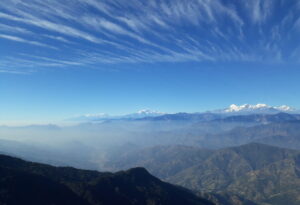 Trekking
Trekking
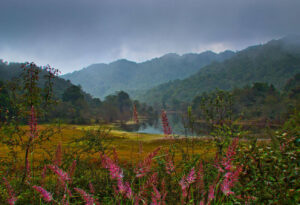 Trekking
Trekking
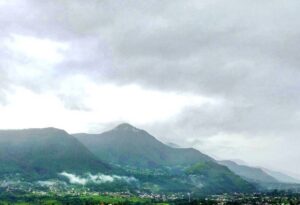 Trekking
Trekking
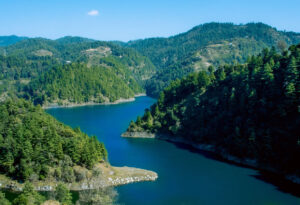 Trekking
Trekking
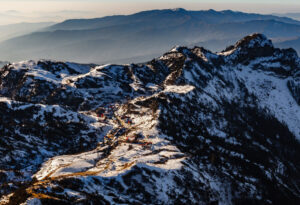 Trekking
Trekking
